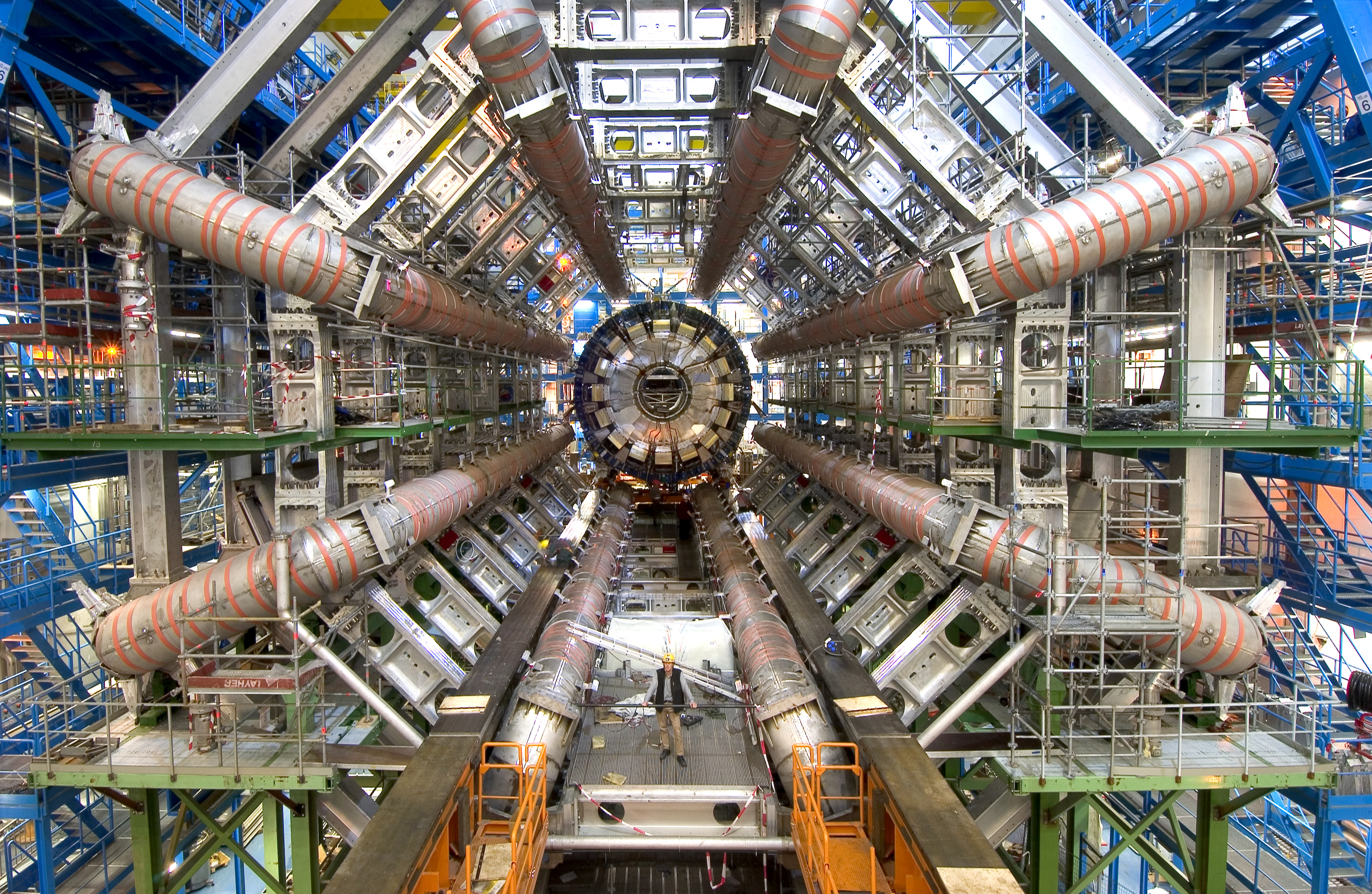What does Tevatron closure mean for big US science? (BBC)
This past summer, I tuned into a live broadcast of the final launch of NASA’s shuttle program while I was at work. It was one of the few times I actually waited to watch an amazing event like a space launch. A few weeks later, I found out that the national particle physics laboratory, Fermilab, was going to be shut down. Currently, the most powerful particle accelerator, the Large Hadron Collider, is located in Switzerland. They are the ones who will be pioneering research in particle physics for the foreseeable future.
I have been noticing that the scientific establishment of the United States has slowly been declining. We are no longer the leaders of these scientific frontiers. For a while, this thought disturbed and depressed me. I was disappointed by the fact that I would not be able to associate myself with having grown up in a country that led the greatest scientific innovations of the 21st Century.
But this article gave me a new outlook, or at least a more positive one. Particularly this part
I think what people would say is that we are experiencing a lot more competition than we have in the past. A lot of countries have learned from our growth over the past decades and are implementing some of the same policies to grow their own scientific infrastructures.
Perhaps it is not a matter of the U.S. falling behind, but the rest of the world catching up, and that is a good thing. For the well-being of the scientific establishment, it is good to have more people than ourselves contributing to research and development. And perhaps this is an opportunity for establishing a more united world. For the scientists here have no bias or bipartisan views against scientists in foreign countries. They are in it for the sake of science. They are mature enough to set aside their differences in order to achieve something far greater than themselves. Maybe the global scientific community would serve as a good model for creating a more united world. Then maybe one day, we will reach the stars.
The Large Hadron Collider Particles are accelerated to velocities approaching the speed of light and are then collided together, creating fabulous amounts of energy that would simulate the initial conditions of the big bang. In these collisions, photographs are taken and data is measured. Scientists are trying to understand things like how mass is formed, in an attempt to explain why things are the way they are in the universe.




